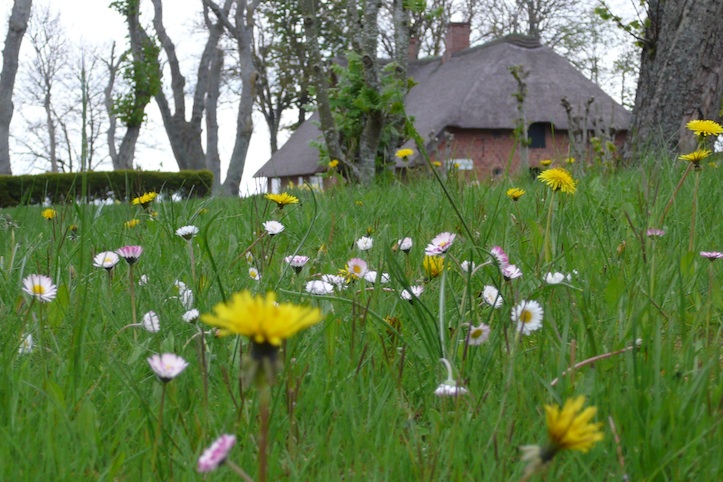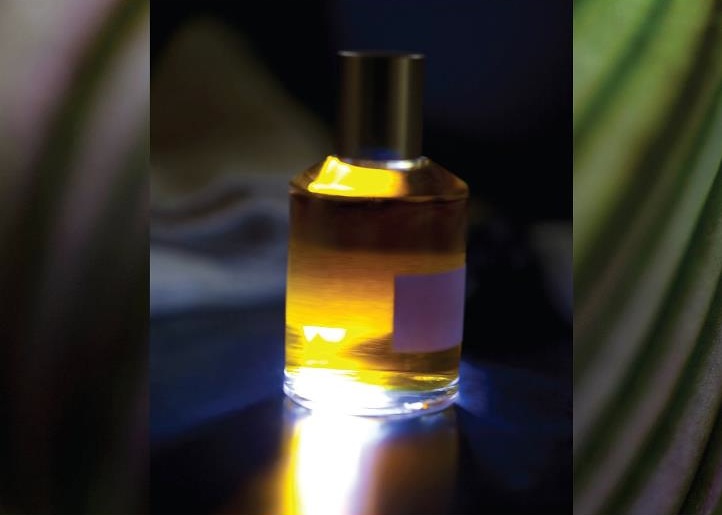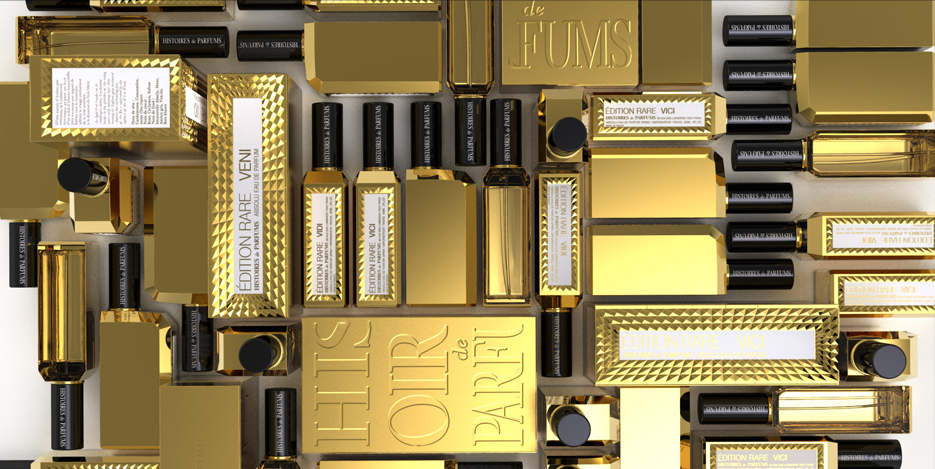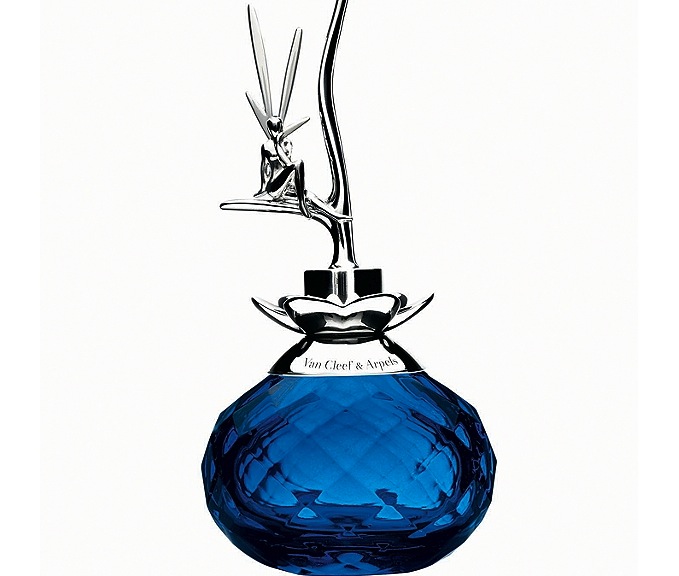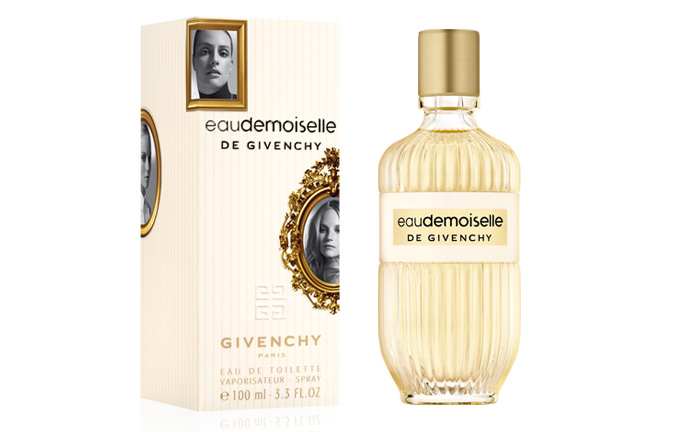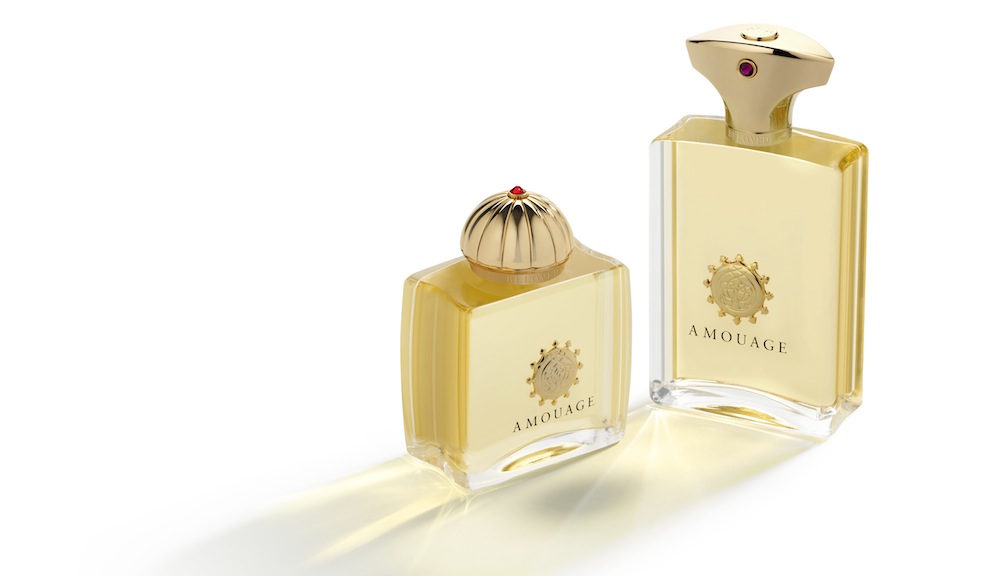As the 1955 song has it, “spring can really hang you up the most,” which is itself a sort of paraphrase of T.S. Eliot’s opening line to The Waste Land: “April is the cruelest month.”
In other words, spring can be dangerous – and not only when Mother Nature is on the rampage. Savage storms and brutal weather aside, there’s also the matter of the cruel heart.
And then comes summer. Love is blind and love can be kind and so can summer be for lovers. But exercise caution and insure that your fragrance sends you off in the right direction.
You may want to wear it, but you wouldn’t want to end up “The Rose with the Broken Neck,” which is the latest limited edition fragrance from Strange Invisible Perfumes.
Founded in 2000 by perfumer Alexandra Balahoutis, Strange Invisible Perfumes creates fragrances from real botanical essences, blending and bottling them in Venice, California. In other words, you’re in good hands when you treat Mother Nature with respect.
Or as Gerald Ghislain‘s Histoires de Parfums latest fragrance line, Veni Vidi Vici, states unequivocally, “In a war of scents, good taste wins…”
Arm yourself this summer with the best of fragrance.
Strange Invisible Perfumes: The Rose with the Broken Neck
Not unlike a wild rose along the rugged coast of Wales, lashed by the wind and rains, there’s something slightly savage about The Rose with the Broken Neck, a limited edition eau de parfum by Strange Invisible Perfumes.
Eponymously named for the Danger Mouse song, the lyrics of which go “Lonely I feel/ Lonely I bleed/ Lonely I trust/ And lonely I must / Be the rose with the broken neck,” the fragrance evokes the harshness that often coexists with beauty. Think of David Lean’s Ryan’s Daughter, for example, loosely based on Flaubert’s Madame Bovary. There’s the beauty of the Irish coast – and the savagery that greets illicit love.
Right from the start, the rose commingles with the cognac: a great snort of cognac, not unlike when your nose clings to the snifter before the elixir burns your lungs. There’s something slightly masochistic – a touch of the sadist – to the top note: it’s bracing like firewater.
It’s the smell of coastal Wales in a torrential storm, rain against the windows as you sip from a hot drink in front of a fire: vanilla and nutmeg hovering with the scent of guaiac, earthy and woody. A base note of vetiver lingers – but in truth, what you’ll crave the most in The Rose with the Broken Neck is the initial slap and burn of the cognac mitigated by the softness of rose. Love me hard, it seems to say – or don’t bother.
Histoires de Parfums: Veni Vidi Vici
Even with only one spritz, those who have previously worn Histoires de Parfums will immediately recognize the transportative quality of a Gerald Ghislain fragrance. A Ghislain fragrance is often the next best thing to time travel – and a fine way to live out the fantasy “If you could live in another epoch, what would it be?”
While it’s not necessary to wear (or sample) the Édition Rare line, Veni, Vidi, Vici, in the original sequence of Julius Caesar’s victorious words, should you reach first for Veni, it’s all but certain that you’ll feel yourself a bit more assertive. “I came,” stated Caesar – or, in other words, “Here I am.” There’s a confident boldness about Veni‘s top note of cardamom and galbanum, encircled in a mantle of amber. And yet as intense and authoritative as is Veni, there’s something of the gentleman in Veni‘s touch of lavender and carnation. For as every conquering Lothario knows, it’s the heart that matters most. Veni beds down on a base of oakmoss and musk, which might remind you of your own Caesar.
As for Vidi (“I saw”), which also opens with cardamom, albeit one infused with ozone, there’s a flirtation with paradox: the scent of a plastic rose and an aqueous cyclamen. Consider Shakespeare’s “loving hate” and the diametric attraction of his young lovers. With Ghislain‘s nose, what you see is not always what you smell – and the result is a water-laden lassi, a puddle of vanilla and saffron. With Vidi, you want to lick it all over.
The final scent in Ghislain‘s trio, Vici (“I conquered”) is the equivalent of a flute of Champagne, floating with raspberries. Cardamom remains the scent’s narrative thread, deepened with the earthiness of iris and osmanthus. When the fragrance settles, when the conquering hero rests, his head on a bed of cedar, what remains is a trace of a raspberry kiss. Conquest complete.
Van Cleef & Arpels: Féerie
As with so many woodland creatures, J.M. Barrie’s Tinker Bell wasn’t nearly as innocuous as Walt Disney’s blonde and blue-eyed, five-inch fairy. In fact, the original Tinker Bell is as mischievously mercurial as most of us – but when she’s nice, she’s awfully nice.
Similarly, Van Cleef & Arpels‘ fragrance Féerie is like a fairy in motion: a bright, woody floral that sparkles with violet before alighting on a rose heart and then darting off again to settle into a vetiver bed. You can almost feel Tinker Bell whizzing hither and yon, landing in a vivid green landscape heavy with black currants. Dark jam notes give way to jasmine and rose as Féerie takes wing in search of Haitian vetiver on which to rest her wings. For hours thereafter, the fragrance lingers close to the skin, a fairy redolent of the forest floor, whispering next to your ear.
Created by perfumer Antoine Maisondieu (the nose behind Gucci Rush for Men and Jasmin et Cigarette for Etat Libre d’Orange, among many others), Féerie was launched in 2008 in a cut crystal indigo blue bottle, a silver fairy perched atop the stopper. Almost immediately, the covetable bottle became a collectible.
With its opaque promises of fairy-tale happiness, Féerie is a reminder of why so many beautiful heroines often wander into the woods. There’s something dark and delicious awaiting in the undergrowth – if you dare.
Givenchy: Eaudemoiselle de Givenchy
“An imaginary rose in dewy morning,” is how Dior perfumer Francois Demachy (Aqua di Parma, Eau Sauvage, among scores of others) describes his fragrance for Givenchy.
Bottled in a sleek classic vessel, which evokes the bottles placed atop dressing tables in French films such as “The Earrings of Madame de…”, Eaudemoiselle de Givenchy is an homage to vintage fragrances, albeit with a modern twist, particularly in the powdery Italian winter lemon top note complemented by Japanese basil.
There’s some Grace Kelly here, too, a bit of the Hitchcock “icy blonde” with pedigree. It’s apparent in the floral freshness, not unlike the way that Grace nuzzles up to Cary Grant in To Catch a Thief. This is a well-bred fragrance from an aristocratic family that evokes the same in the wearer: a person who can take liberties as she wishes, thanks to her education and elegance.
Launched in 2010, Eaudemoiselle de Givenchy beautifully captures the sweetness of an early morning wander across the lawn and into the garden. Dew dusting the grass underfoot and dappling the leaves: you could be in East Hampton or Giverny – or East Egg. On the breakfast table, a rose commingles with citrus and a bunch of basil. There’s such promise in the air: the romance of yesterday married to today.
A simple classic, as timeless as a summer rose, Eaudemoiselle de Givenchy might well be what kept Daisy so long in Gatsby’s mind.
Amouage: Beloved
Ask certain women about their favorite fragrances – and often the response is connected to a favorite occasion: an anniversary, a birthday, a wedding, a fling. There’s something about Amouage Beloved that feels celebratory; this is a fragrance for posterity, to be recalled with a kind of nostalgic yearning. Wear this at 24 and twenty – even thirty – years later, you’ll still recall the look in his eyes.
A woody chypre, Amouage Beloved evokes the era of Chanel #5. Created by perfumer Bernard Ellena (and yes, he’s the frère to Hermès perfumer, Jean-Claude) for the kind of modern woman who’s become known as a “Bergdorf blonde,” more accurately, Amouage Beloved is priced for those who shop Chanel in Dubai.
Powdery top notes of rose and jasmine meld into a white flower nosegay sprinkled lightly with clove and chamomile. What lingers – and what’s best about Amouage Beloved – is the slightly animalic scent that’s redolent of the morning after in a bed with fine sheets in a grand hotel in Paris. A white-and-gilded phone on the nightstand, Champagne flute near at hand, a black leather glove – and the trace of a smile as she inhales the new day.

